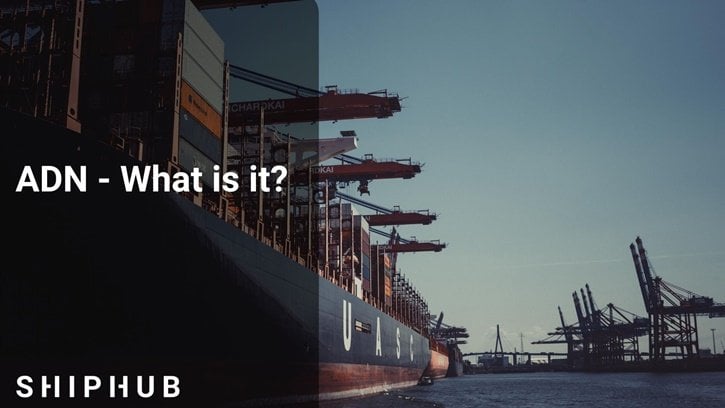ADN (European Agreement concerning the International Carriage of Dangerous Goods by Inland Waterways) is a European agreement regarding the international carriage of dangerous goods by inland waterways. It is worth remembering that the ADN regulations are amended in Europe every two years.
Genesis
The ADN Agreement was drawn up in Geneva on May 26, 2000, in connection with the diplomatic conference that was held under the joint patronage of the United Nations Economic Commission for Europe (UNECE) and the Central Commission for Navigation on the Rhine (CCNR). This regulation entered into force on February 29, 2008.
ADN assumptions
The ADN consists of the main legal text (the contract itself) and the attached regulations. The main purpose of the contract was to ensure high international security for the transport of dangerous goods by inland waterways. Besides, parties to the agreement wanted to facilitate transport operations and promote international trade in hazardous goods. Also, the ADN Agreement helps to protect the environment by preventing any pollution resulting from accidents or incidents during the transport of products classified as dangerous.
ADN – What does afreement contain?
Well, the ADN agreement informs which goods and dangerous substances can be transported or are excluded from transport by inland waterway vessels. Besides, it indicates the method of packaging, loading, or unloading. Moreover, it contains, among others, guidelines on how to classify dangerous goods, necessary markings, documentation, fire-fighting devices and equipment of ships used for the transport of hazardous goods, ways of handling cargo (including ships for the transport of dry cargo and tankers), training for both crew and persons involved in the carriage of goods, procedures for issuing marketing authorizations. Thus, the ADN agreement regulates shipping traffic. It also eliminates the risk of pollution or contamination of the environment and also increases safety on inland waterways.
Contract – what to look for?
According to the content of the ADN contract, transport documents covering all dangerous goods transported onboard, and a storage plan for storing these products should be on board. When transporting hazardous goods, the classification of hazardous materials, the requirements for the ship’s transport equipment, the information contained in the transport document, the requirements for employees, vocational training, general packaging regulations (including tanks, tank containers, tank vehicles, etc.) are checked. , warning labels and stickers, load handling and placement, and vehicle and transport documents.
